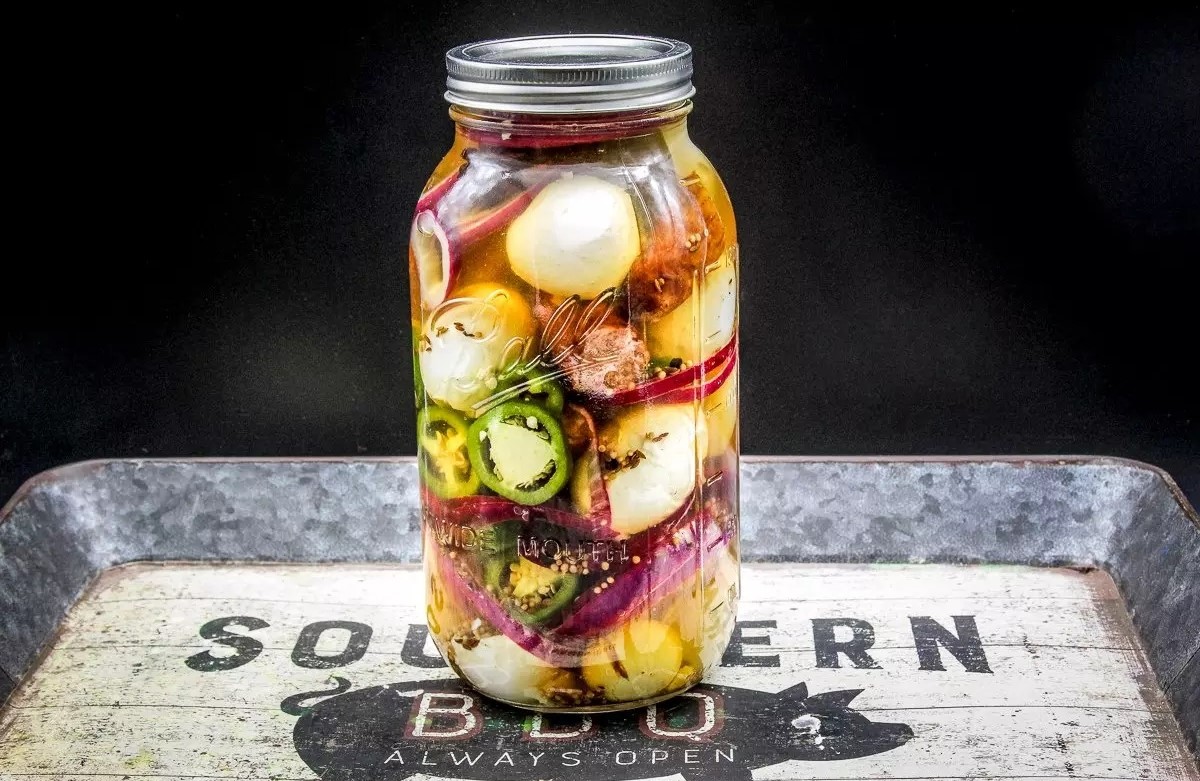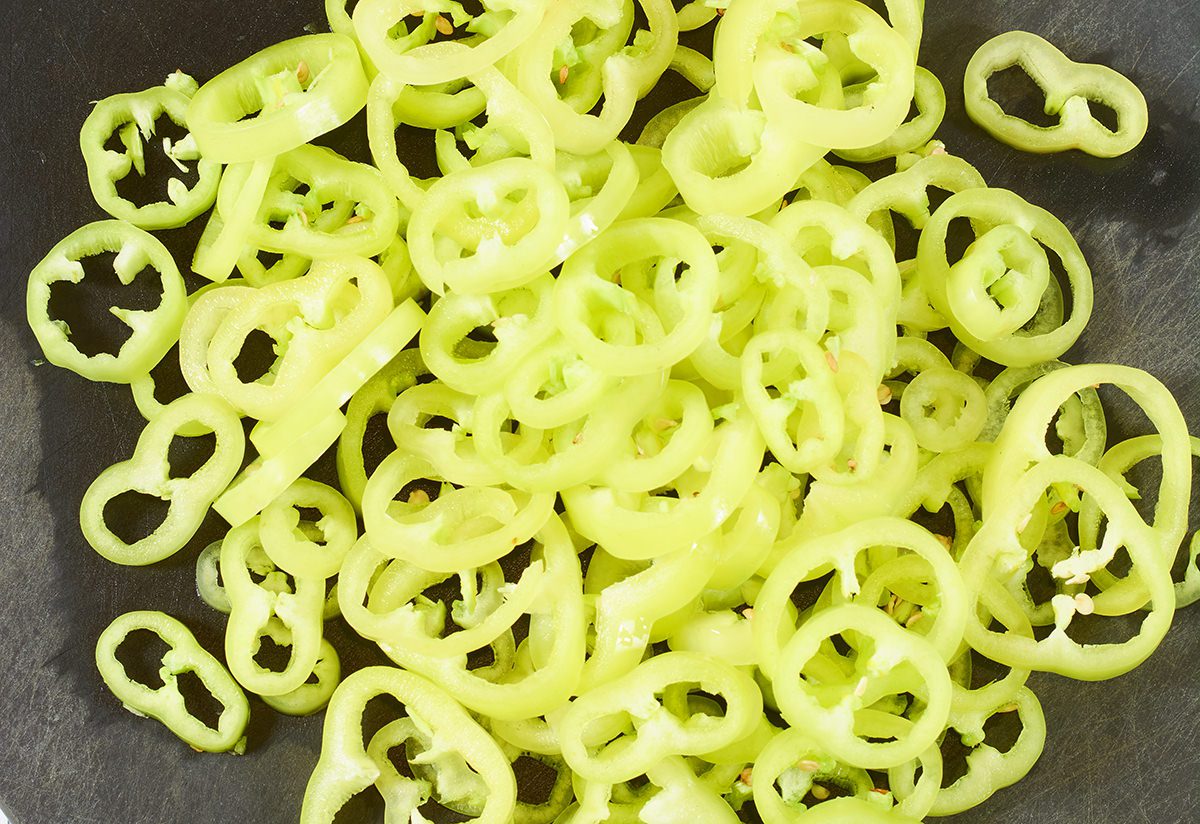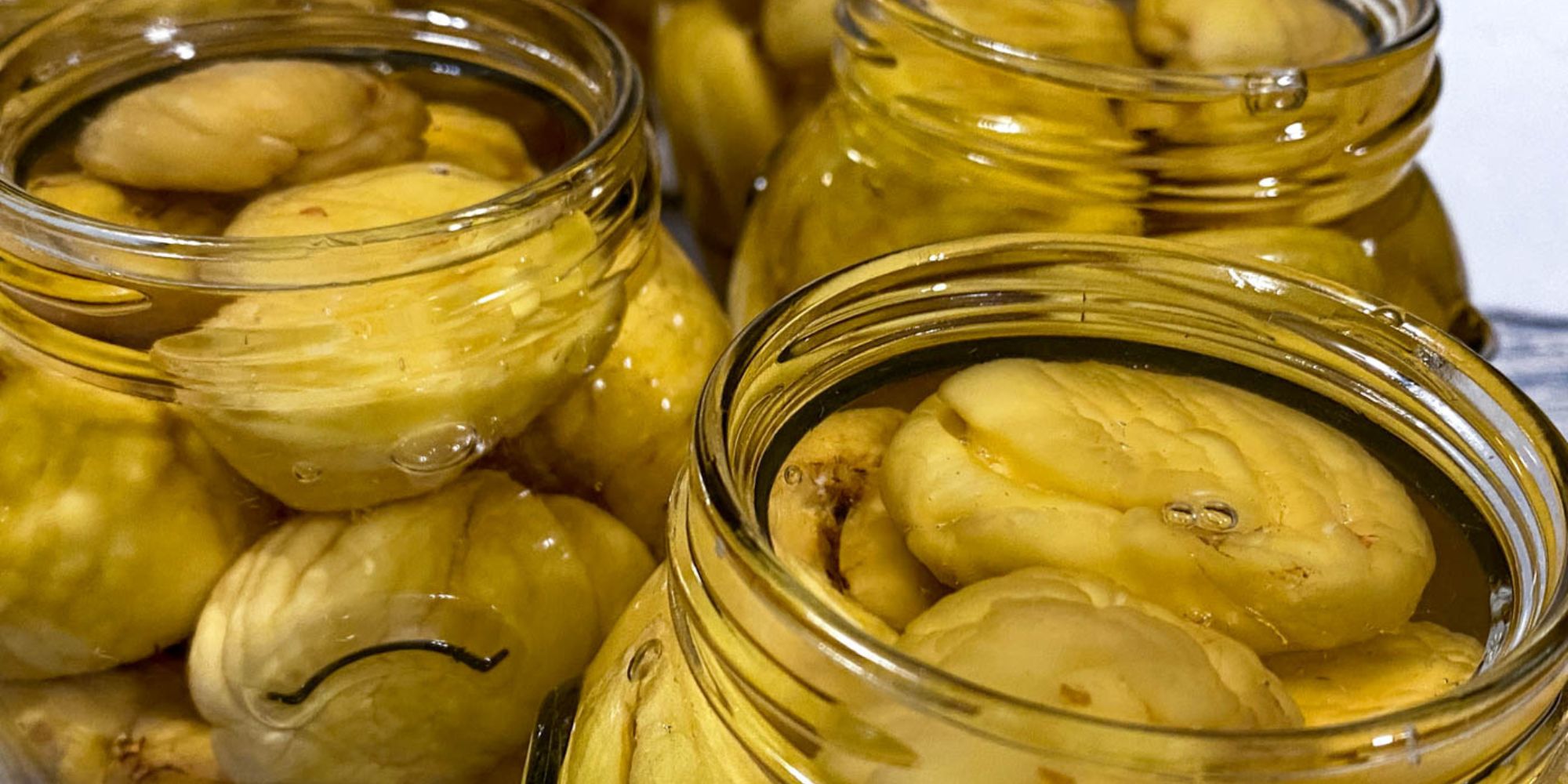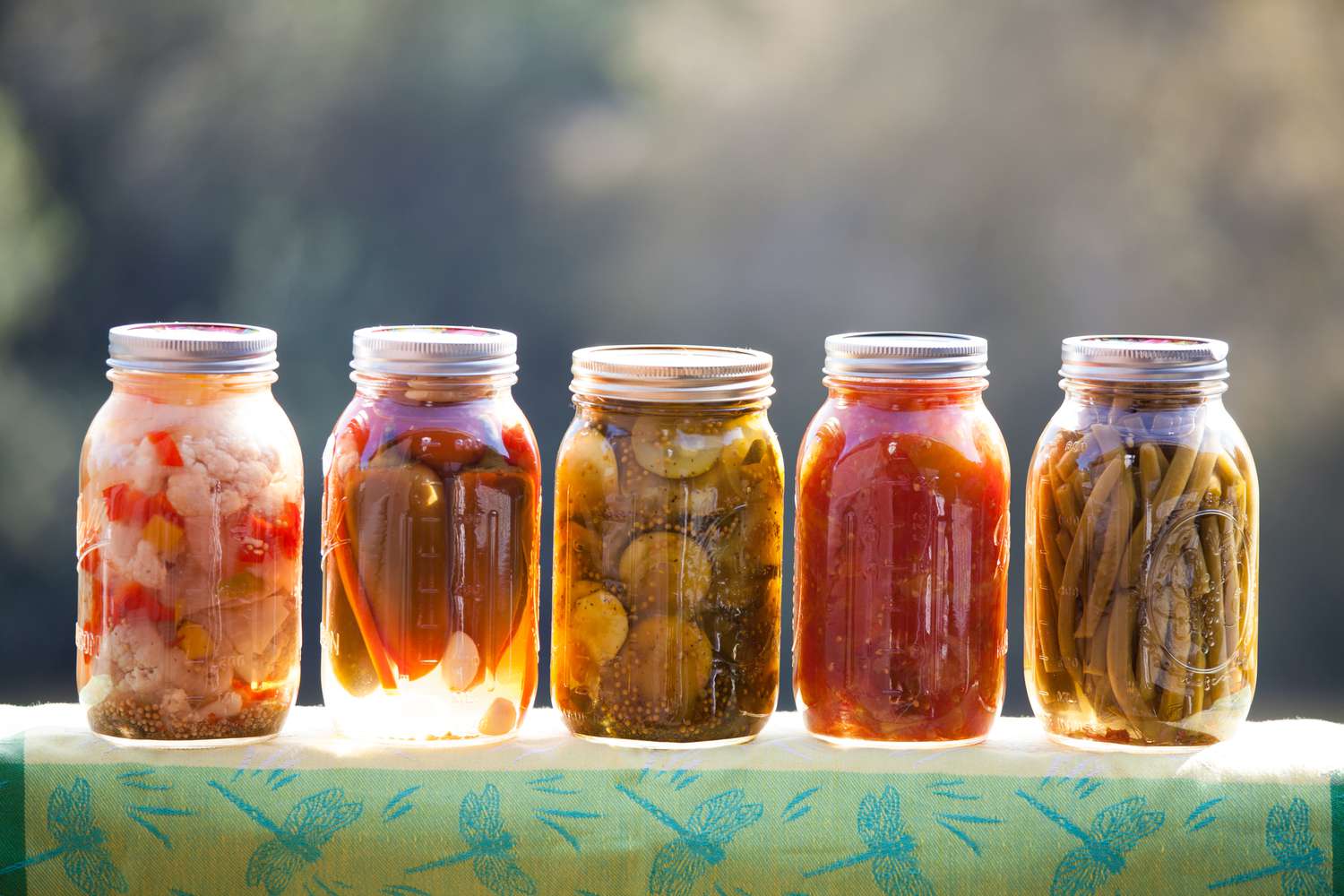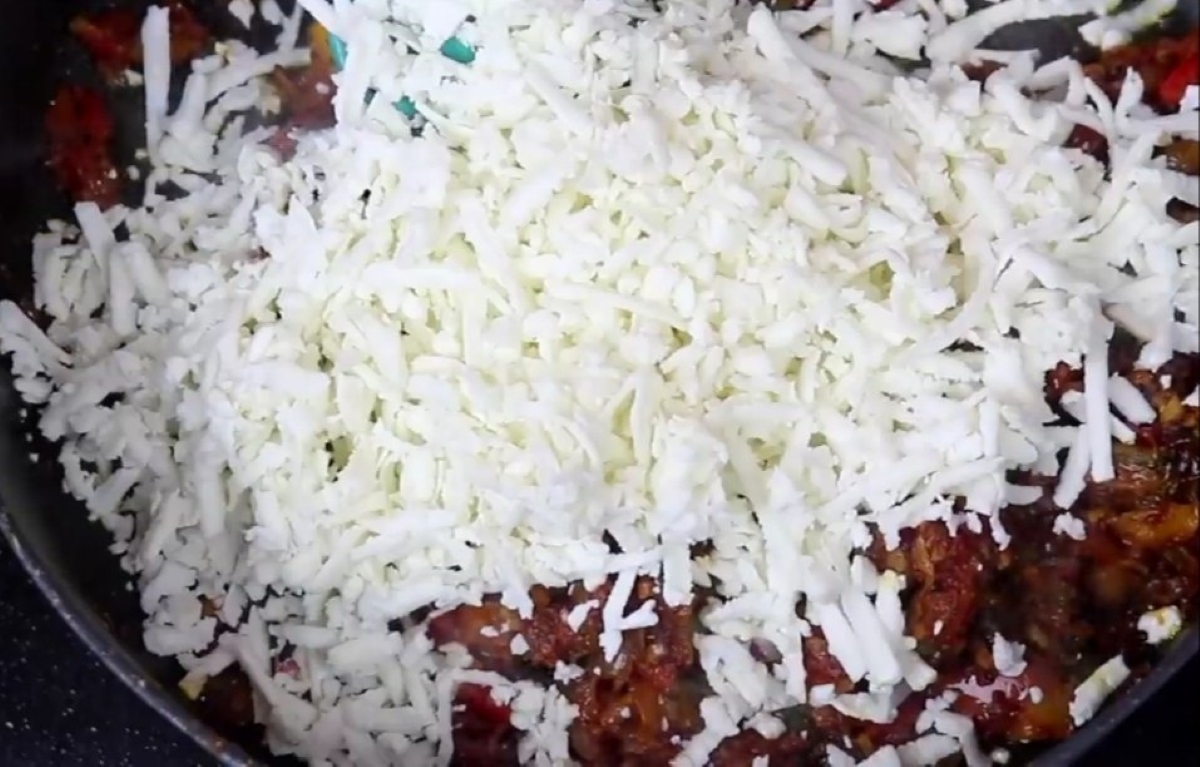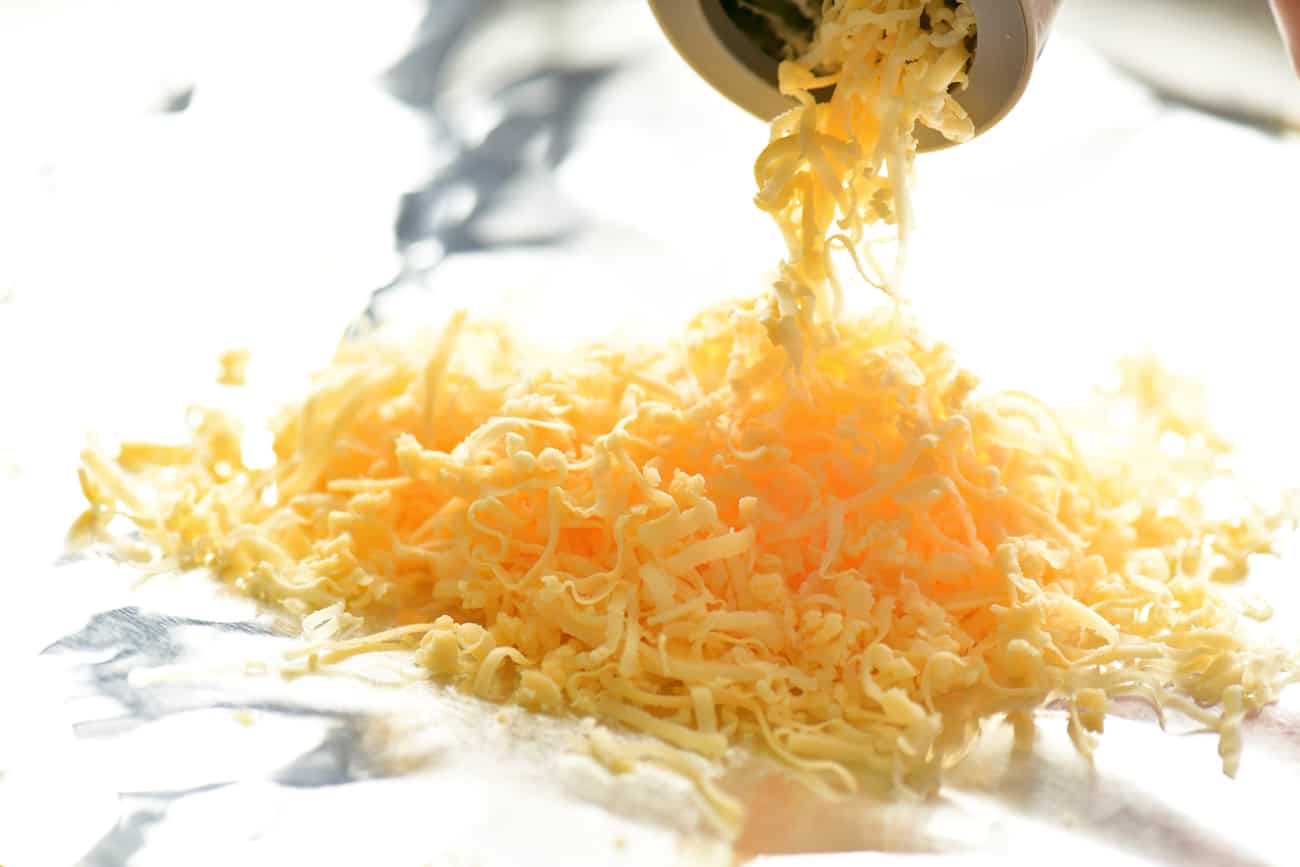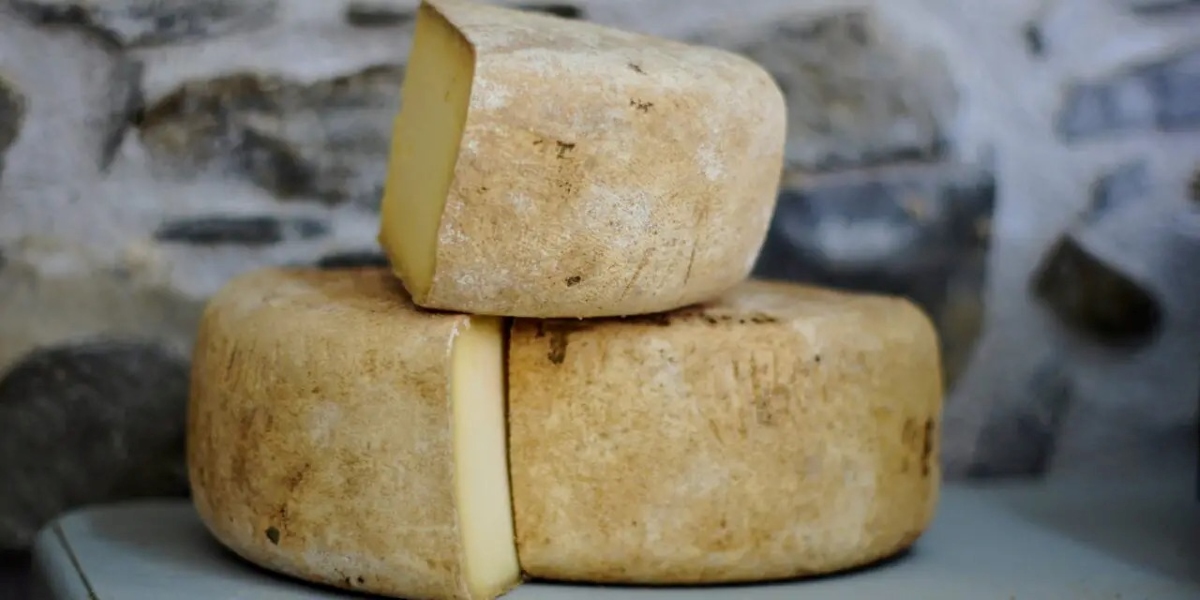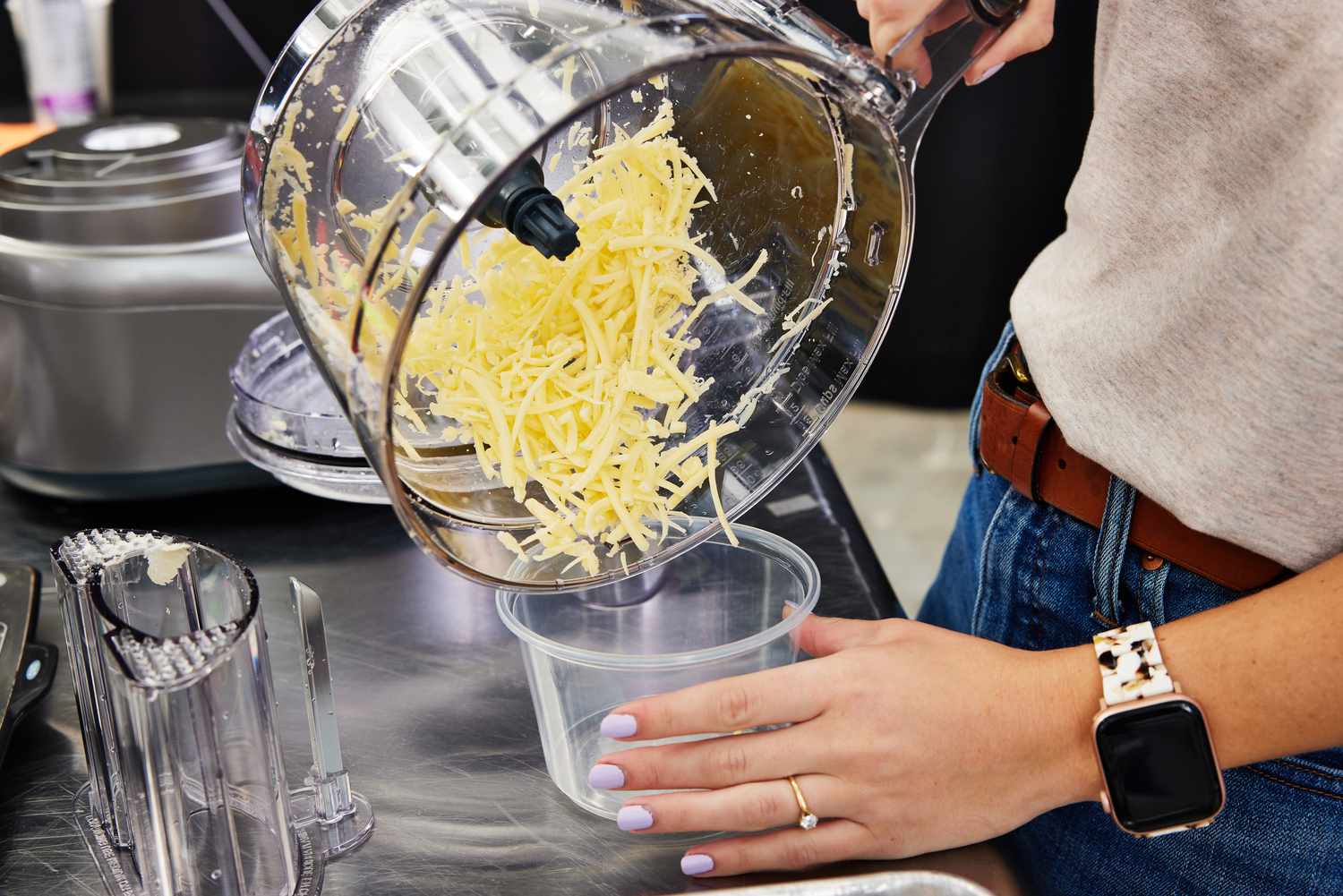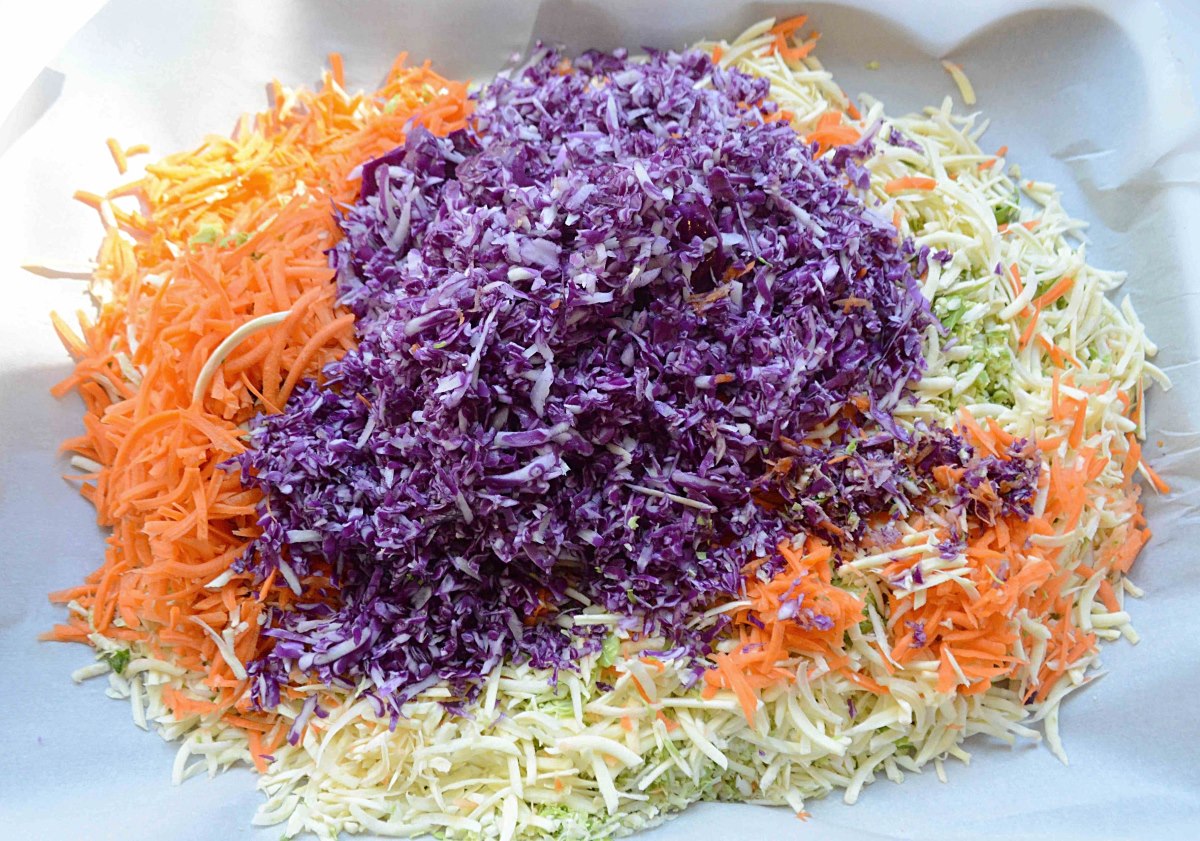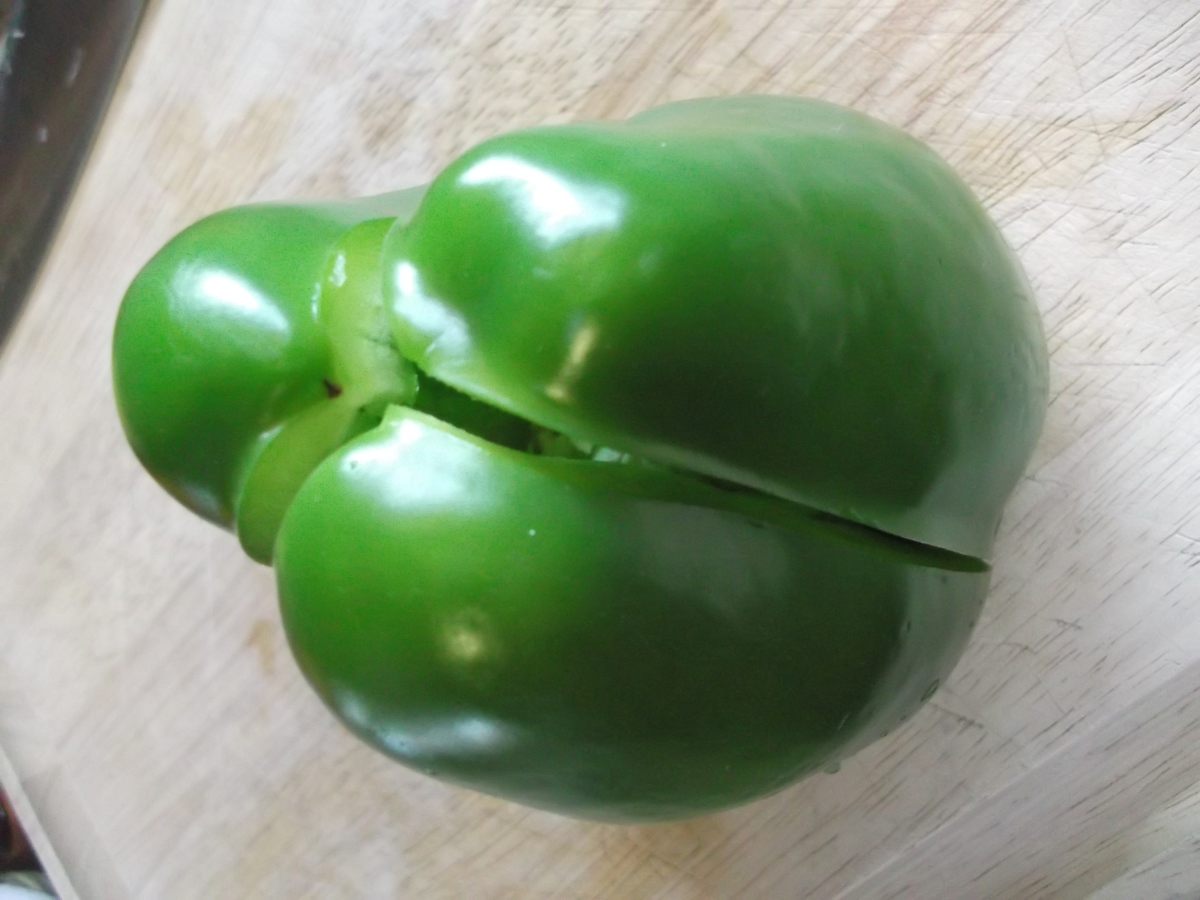Preserving the Flavors of the Forest: Pickling Devils Club and Fiddleheads
Foraging for wild edibles is a time-honored tradition that allows us to connect with nature and enjoy the unique flavors of the forest. Two such treasures found in the Pacific Northwest are Devils Club and Fiddleheads. These wild plants can be preserved through pickling, allowing you to savor their distinct tastes long after their brief season has passed.
Gathering Devils Club and Fiddleheads
Before you can pickle these wild delicacies, you’ll need to gather them from their natural habitat. Devils Club, known for its prickly stems and large, maple-shaped leaves, can be found in moist, wooded areas. Fiddleheads, the young, coiled fronds of the fern, are often found in damp, shaded areas near streams or rivers.
When foraging for these plants, it’s important to do so responsibly and sustainably. Harvest only what you need, leaving enough behind to ensure the plants can continue to thrive in their natural environment.
Preparing Devils Club and Fiddleheads for Pickling
Once you’ve gathered your Devils Club and Fiddleheads, it’s time to prepare them for pickling. Start by thoroughly washing the plants to remove any dirt or debris. Trim the prickly outer layer of the Devils Club stems and cut them into manageable pieces. As for the Fiddleheads, trim away any brown or woody parts and rinse them well.
Pickling Process
Now that your Devils Club and Fiddleheads are prepped and ready, it’s time to pickle them to preserve their flavors. Here’s a simple pickling recipe to try:
- Prepare a pickling brine by combining equal parts water and vinegar in a pot, along with salt, sugar, and your choice of pickling spices such as mustard seeds, peppercorns, and bay leaves.
- Bring the brine to a boil, then reduce the heat and simmer for a few minutes to allow the flavors to meld.
- Place the prepared Devils Club and Fiddleheads in sterilized glass jars, then carefully pour the hot pickling brine over them, ensuring they are fully submerged.
- Seal the jars and allow them to cool to room temperature before transferring them to the refrigerator.
Enjoying Pickled Devils Club and Fiddleheads
After a few days of marinating in the pickling brine, your Devils Club and Fiddleheads will be ready to enjoy. The tangy, slightly sour flavor of the pickling brine complements the earthy, slightly bitter taste of the Devils Club and the nutty, slightly sweet flavor of the Fiddleheads.
These pickled wild edibles make a delightful addition to charcuterie boards, salads, and sandwiches. You can also chop them up and add them to savory dishes for a burst of unique flavor.
Conclusion
Pickling Devils Club and Fiddleheads allows you to extend the enjoyment of these wild edibles well beyond their short growing season. By following these simple steps, you can savor the flavors of the forest throughout the year, adding a taste of the wild to your culinary creations.
So, the next time you find yourself wandering through the woods, keep an eye out for these wild treasures and consider pickling them to preserve their unique flavors for months to come.
Using the guide, readers can experiment with a variety of recipes. They can try a Pickled Fiddlehead and Devils Club Salad for a refreshing and tangy dish or go for a Pickled Fiddlehead and Devils Club Charcuterie Board to impress guests at a gathering. For a comforting twist, the Grilled Cheese Sandwich with Pickled Devils Club offers a unique flavor profile. The Pickled Fiddlehead and Devils Club Pasta Salad is perfect for a light yet satisfying meal. Lastly, the Pickled Fiddlehead and Devils Club Deviled Eggs serve as an excellent appetizer that combines traditional flavors with a pickled twist. Each recipe utilizes the skills and tips from the guide, making them ideal for both novice and experienced cooks.
Was this page helpful?
Read Next: How To Pickle Thai Eggplants
